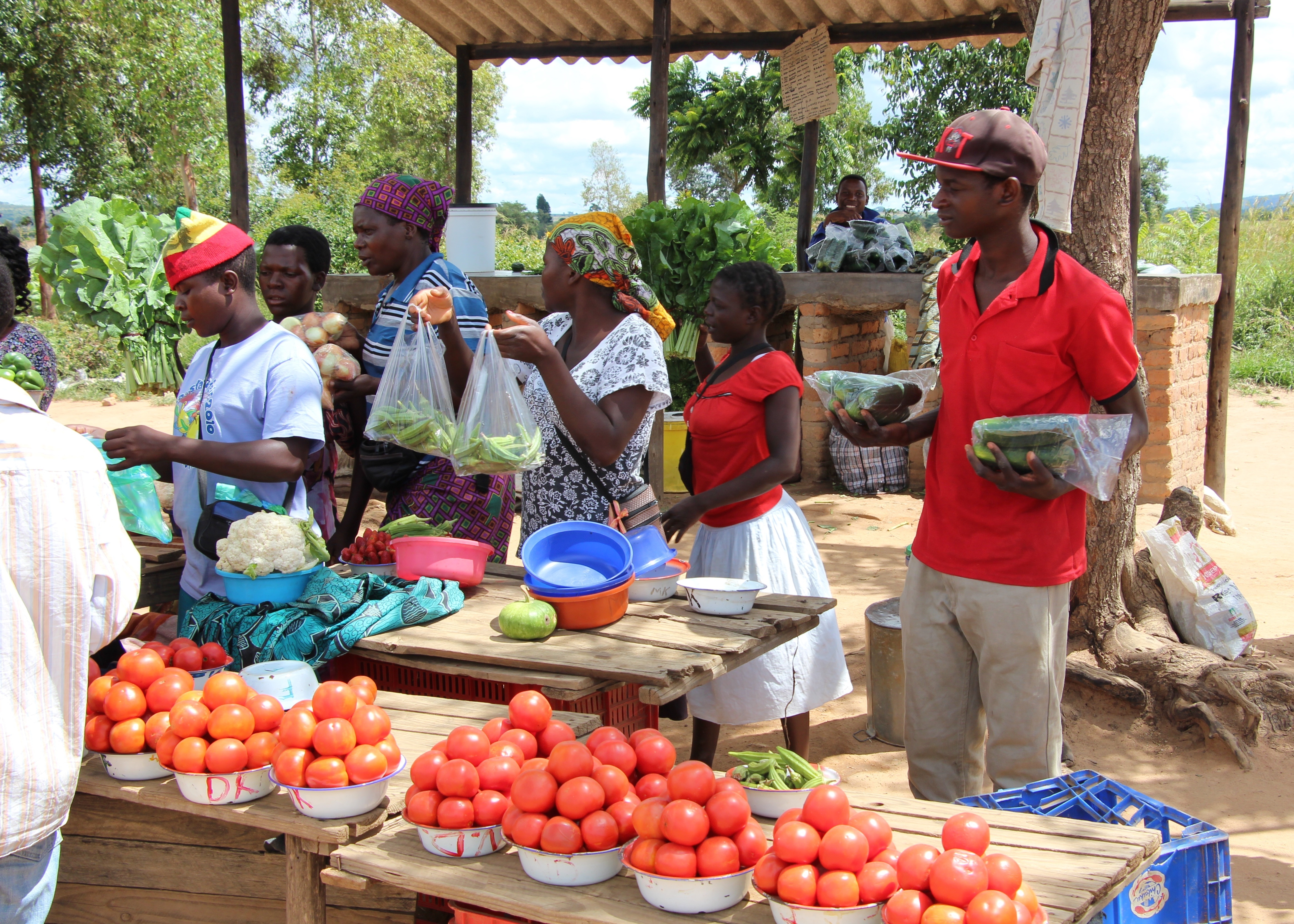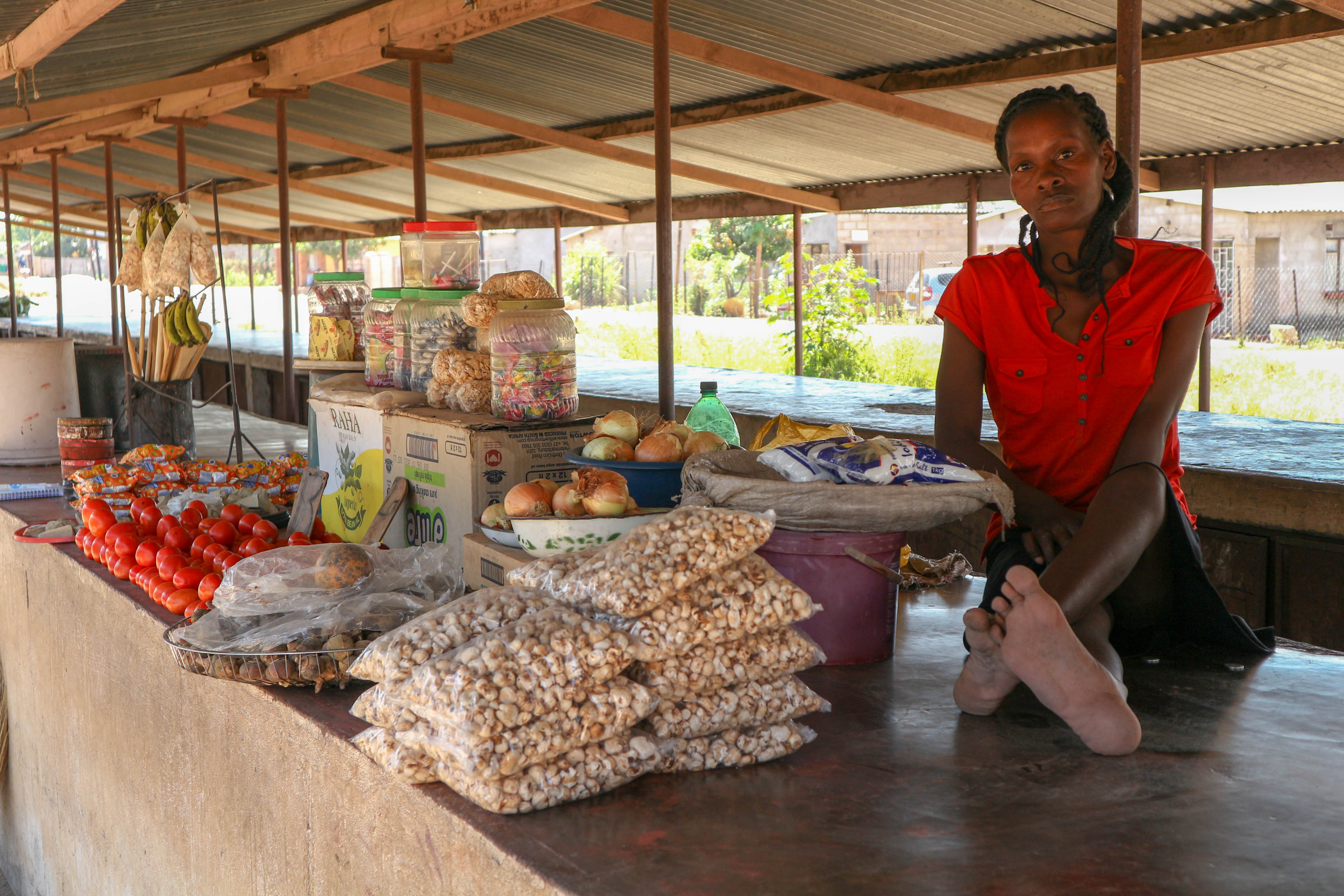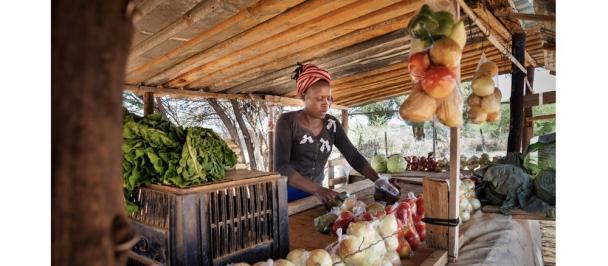Written by Sharleen Moyo, Head of Solutions Mapping, Accelerator Lab
Navigating Informality: Patterns of Categorization in Street Vending
March 10, 2020
How does one begin to categorize the actors and stakeholders of the second largest informal sector in the world? According to the Zimbabwe 2014 Labour Force Survey, 94.5% of employment in the country is informalized. Our entry point as the Zimbabwe AccLab to understand this colossal sector was to focus on the section of the informal sector that has affected urban cities in Zimbabwe the most: Street Vending. Street vending accounts for 15 to 25% of total informal employment in Africa’s cities. According to the Assessment of the Contribution of Street Vending to the Zimbabwe Economy 2018, 86.6% of street vendors depend entirely on street vending as their source of income.
To get a better understanding of street vending, we held two issue mapping sessions with vendors, city councils, residents, businesses and representatives from government. The first session was held in the country’s capital city Harare which is currently facing a vendor crisis primarily due to over congestion within the central business district, which is affecting the free movement of people and vehicles. The second issue mapping session was held in Bulawayo, which was identified as the positive deviant during the solution safari as the city has close to amicable relations with vendors.
The issue of categorization is influenced by the perceptions of a sector. We aggregated the words that described street vending in both Harare and Bulawayo’s issue mapping session, and this is illustrated in the word cloud below:
The negative perceptions far outweigh the positive in relation to street vending. With this word cloud, in mind, we engaged in a four-city solution safari which went to Mutare, Gweru, Bulawayo and Harare. We had one-on-one interviews with 19 vendors at their place of work and here is what we found in patterns of categorization in street vending.
Well it depends on what you are selling…
Miriam Madiriro,is a food vendor in Mkoba 10,Gweru who trades from a stall at a taxi rank designated by Gweru City Council
In Zimbabwe, local municipalities zone vendors in specific areas according to what they trade in or sell. In Mutare, there is Sakubva Market where vendors are zoned within the clothing market, the vegetable market and the furniture market for example. Zoning may be a way that city councils use to categorize vendors but it has become a challenge for vendors to stay and sell within these zones because of a lack of working ablution facilities and limited foot traffic. What we found particularly surprising is that zoning and pre-designation of spaces has contributed to disorder within the urban cities. Sakubva Market has one toilet per 500 vendors and the market is located on the outskirts of the central business district, which has resulted in some vendors in this area losing revenue as their access to clients is hampered by their location. In addition, the lack of access to water and toilets also leads to some vendors shortening their working hours or being susceptible to water borne diseases. The desire to avoid these challenges in search of sales has contributed to the advent of the nomadic vendor.
Nomadic vendors
Nomadic vendors have no designated selling spot, but rather move from place to place during the day according to the fluctuation of foot or vehicle traffic in an area. Of the 19 vendors interviewed during our solution safari, 6 were classified as nomadic vendors. There is a need for us to understand the relationship between nomadic tendencies and access to a conducive environment to trade. If there is vehicle and foot traffic present in designated market areas, will this influence a vendor’s ability to settle and trade in that market? An alternative way of understanding this nomadic behaviour could be innovating around street vending and mobility. This needs further investigation because most nomadic vendors have no trading licenses and local municipalities are struggling to track the movement of vendors and regulate their trade. Nomadic vendors greatly contribute to the congestion of central business district of most cities, and their proliferation has exacerbated the state of disorder in Zimbabwe’s capital city Harare and the increase of criminalization in the informal sector.
Legal or illegal vendors
The issue of legality is ambiguous when particularly looking at street vending. Is licensing the only premise that guarantees legality, or does it go beyond acquiring a license? If it is an issue of licensing alone, then all nomadic vendors we interviewed were illegal vendors. During the Bulawayo issue mapping session, participants took legality as a status beyond licensing. All Bulawayo participants reached a consensus and defined an illegal vendor as an individual who trades in a service or product, that cannot be formalized according to the law. For example, selling forex on the black market, selling drugs and prostitution. Our learning from this made us realise that even with a license (or not), a vendor can engage in a trade that cannot be formalized. Does this mean that there are blurred lines between illegal and legal vending, when a licensed vendor also trades in services or products that cannot be formalized? Do blurred lines then influence the word cloud on street vending that we illustrated earlier in this blog? And what is causing this ambiguity in this sector to grow? It may be a battle between entrepreneurship and survivalists.
A sector of survivalists
79% of the vendors we interviewed stated that vending was a temporary income generating measure they engaged in to feed themselves from day to day. Should Zimbabwe have an economic turnaround, these street vendors would leave vending completely. Street vending, for most, is a coping mechanism, and a means of survival in an economy under transition and monetary reform. Because of the desire to survive, the avenues to generate income are therefore fluid between legal and illegal trade. A similar trend has been identified in South Africa, during a study on exploring how early school dropouts cope as survivalist entrepreneurs. They found that “for many millions of people, particularly poor black South Africans who form part of the informal sector as survivalist entrepreneurs experience hard times and their way of living is not easy as they have to be satisfied with whatever amount they are able to make after a long day’s work. For them there is simple no visible alternatives.” The key word in this statement is ALTERNATIVES. Are there ways we can explore and expand a population’s perception on alternative revenue streams in the environment they live in? The transition from survivalists to entrepreneurs in street vending may require investment in educational programs and business training to shift the mindset of vendors from temporary interventions to sustainable long-term ventures.
In conclusion, our journey into the informal sector is just beginning, and with all the questions we find ourselves asking we believe we need more data on the sector for sustainable solutions to be found. The issues of street vending go beyond categorization. Its growth is now necessitating a change in the approach of urban planning in emerging cities in Africa and now Zimbabwe is at a place where innovative interventions need to be explored and adopted to manage this ever-changing landscape.

 Locations
Locations



